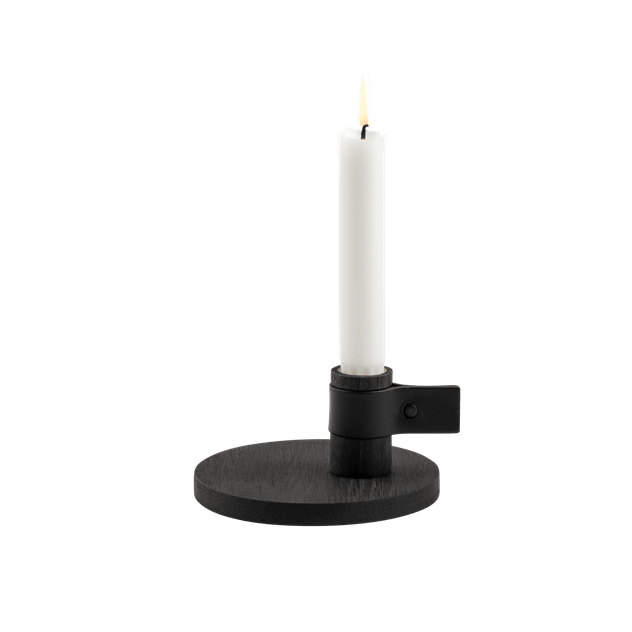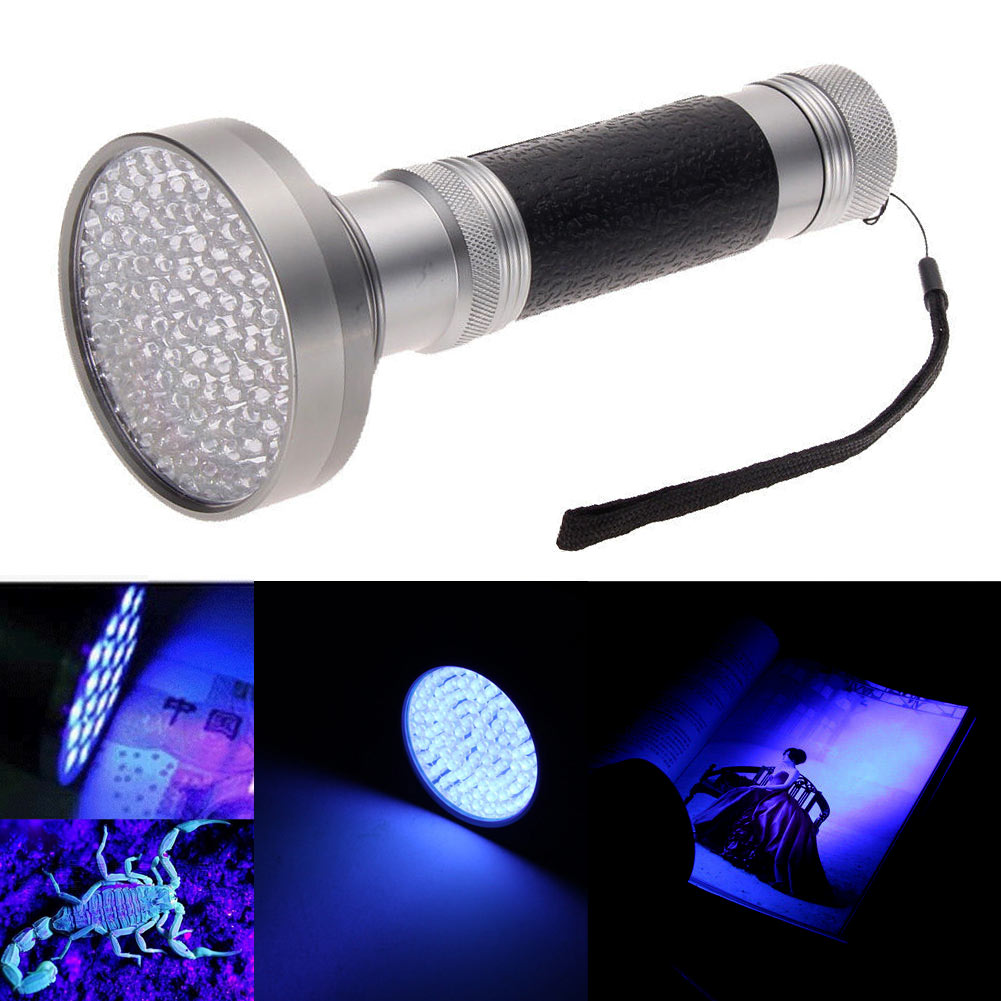

Two black light fluorescent tubes, showing use. Additionally, UV-A can have negative effects on eyes in both the short-term and long-term.
Bright blacklight skin#
UV-A may also contribute to the progression of skin cancers. According to the World Health Organization, UV-A is responsible for the initial tanning of skin and it contributes to skin ageing and wrinkling.

UV-A presents a potential hazard when eyes and skin are exposed, especially to high power sources. Strong sources of long-wave ultraviolet light are used in tanning beds. Black lights are employed for decorative and artistic lighting effects, diagnostic and therapeutic uses in medicine, the detection of substances tagged with fluorescent dyes, rock-hunting, scorpion-hunting, the detection of counterfeit money, the curing of plastic resins, attracting insects and the detection of refrigerant leaks affecting refrigerators and air conditioning systems. In medicine, forensics, and some other scientific fields, such a light source is referred to as a Wood's lamp, named after Robert Williams Wood, who invented the original Wood's glass UV filters.Īlthough many other types of lamp emit ultraviolet light with visible light, black lights are essential when UV-A light without visible light is needed, particularly in observing fluorescence, the colored glow that many substances emit when exposed to UV. This stands for "blacklight".īlacklight sources may be specially designed fluorescent lamps, mercury-vapor lamps, light-emitting diodes (LEDs), lasers, or incandescent lamps. These tubes are made for use in " bug zapper" insect traps, and are identified by the industry designation "BL". A second type of lamp produces ultraviolet but does not have the filter material, so it produces more visible light and has a blue color when operating. Blacklight lamps which have this filter have a lighting industry designation that includes the letters "BLB". One type of lamp has a violet filter material, either on the bulb or in a separate glass filter in the lamp housing, which blocks most visible light and allows through UV, so the lamp has a dim violet glow when operating. The violet glow of a black light is not the UV light itself, but visible light that escapes being filtered out by the filter material in the glass envelope.Ī blacklight, also called a UV-A light, Wood's lamp, or ultraviolet light, is a lamp that emits long-wave ( UV-A) ultraviolet light and very little visible light. Once the lights are hung, then the fun begins.Black light fluorescent tubes.
Bright blacklight install#
Another option is to buy stand-alone black light fluorescent bulbs and install them in a standard shop light or grow-light fixture.Then you can position it where you need it. The best way I have found to do this is to get a fixture that can be mounted to the ceiling.Here are a few ways I’ve done this in the past: Place the bulbs so they are not directly visible by your guests, but are pointing towards the main area where you want things to “glow-in-the-dark”.

For the best results, try to get the longest fixture you can find. Most of them act more like purple colored light bulbs than actual black lights.Įven with the proper fixture, you’ll need more than one of them to light a large room. I have yet to find a black light in standard light bulb form that produces enough light to make things glow in the dark. To be specific, you need black light fluorescent tubes* or an LED UV bar*. And you need black light to make fluorescent things glow in the dark.

It’s a little harder to do than it seems because black light doesn’t travel very far. This is the trickiest part of actually getting things to glow.
Bright blacklight how to#
But before we start, let’s talk about how to set up your black lights.


 0 kommentar(er)
0 kommentar(er)
